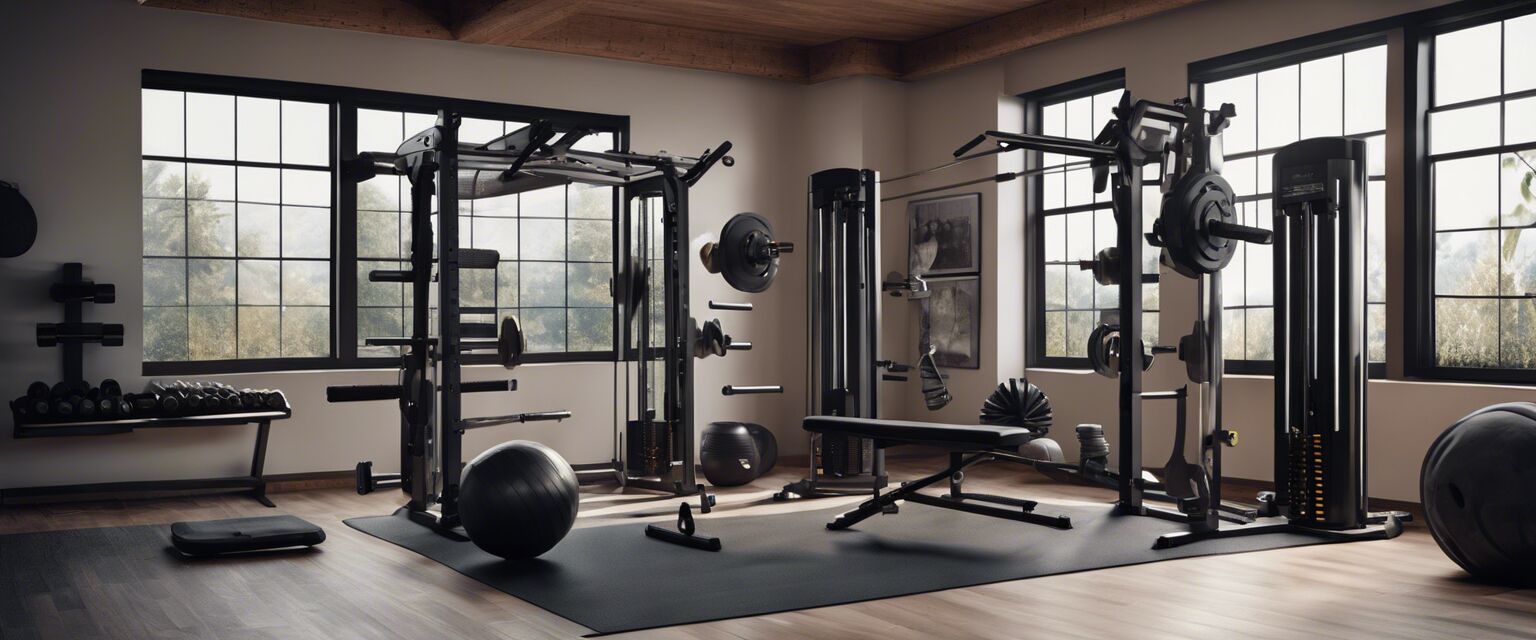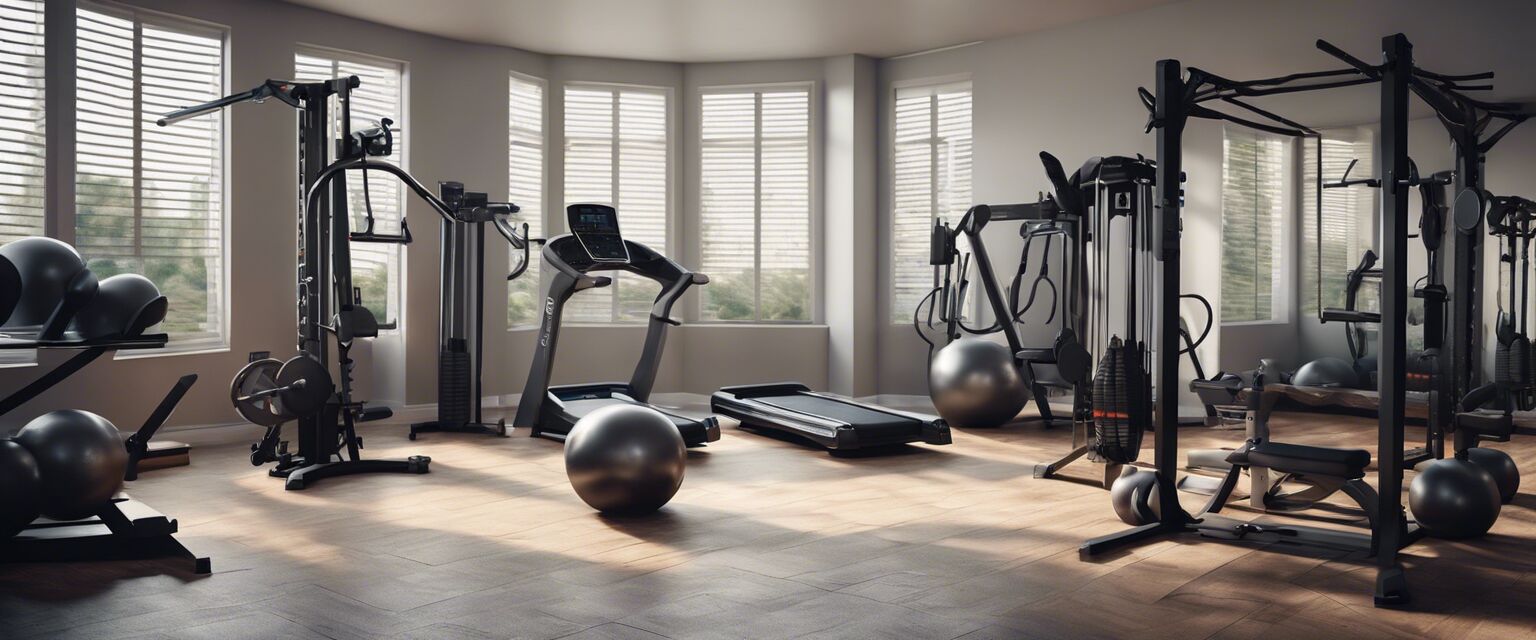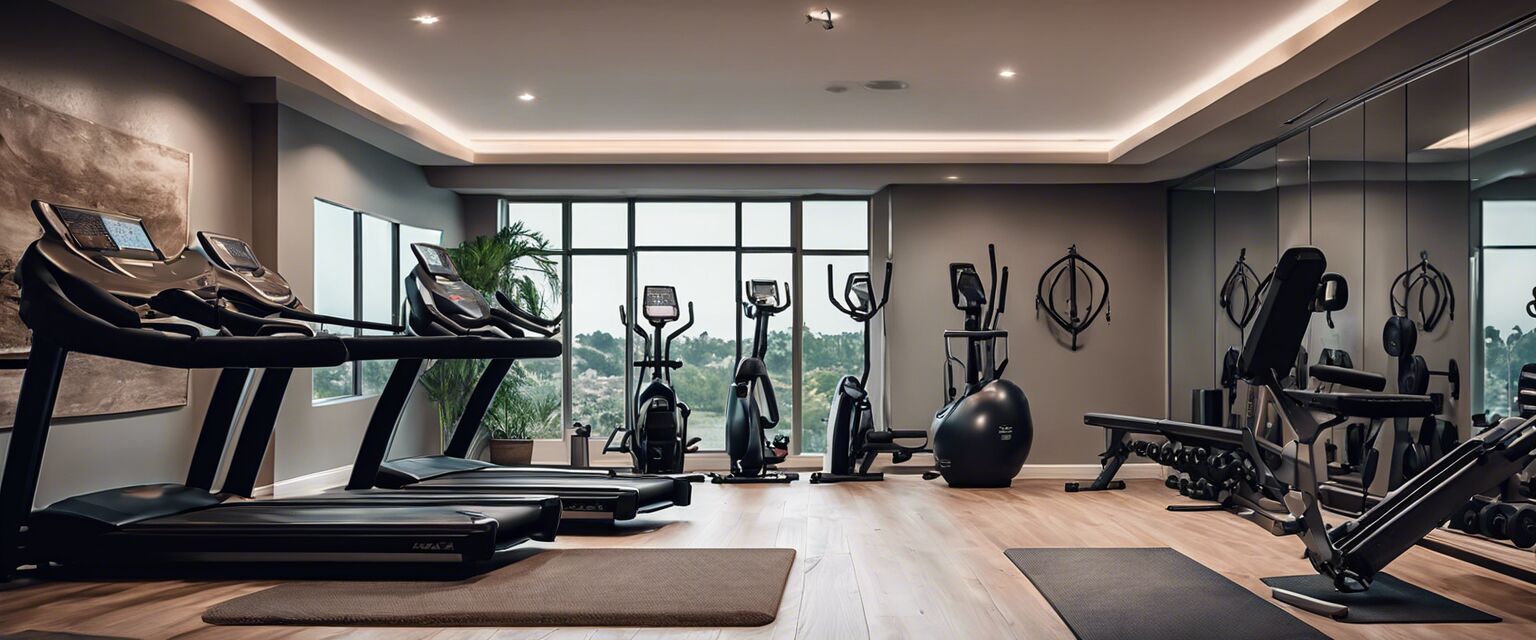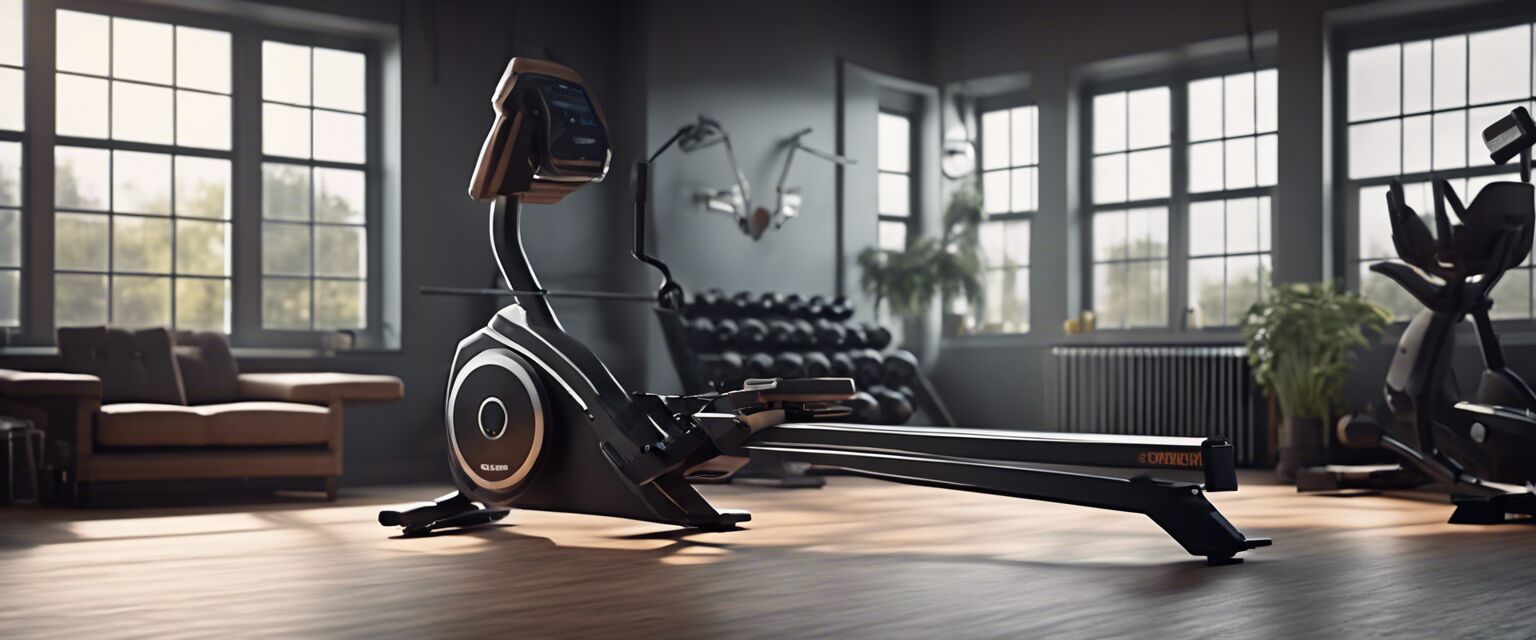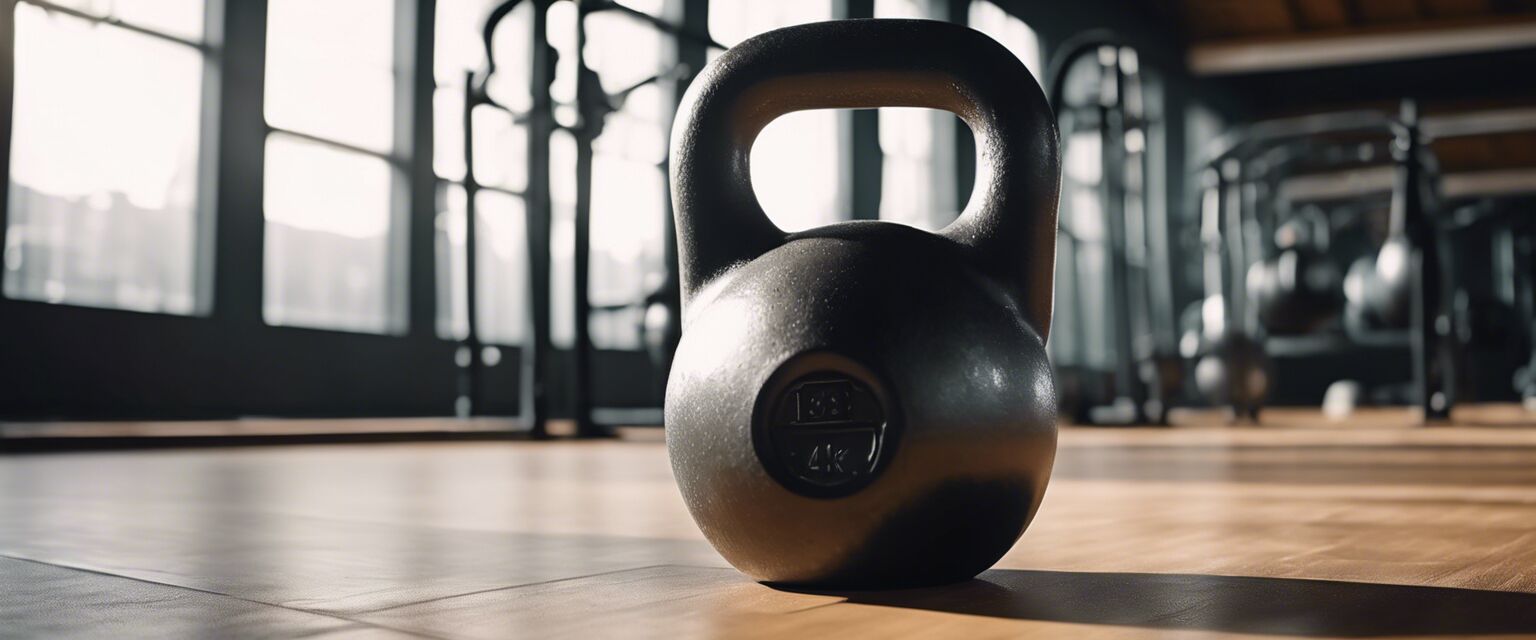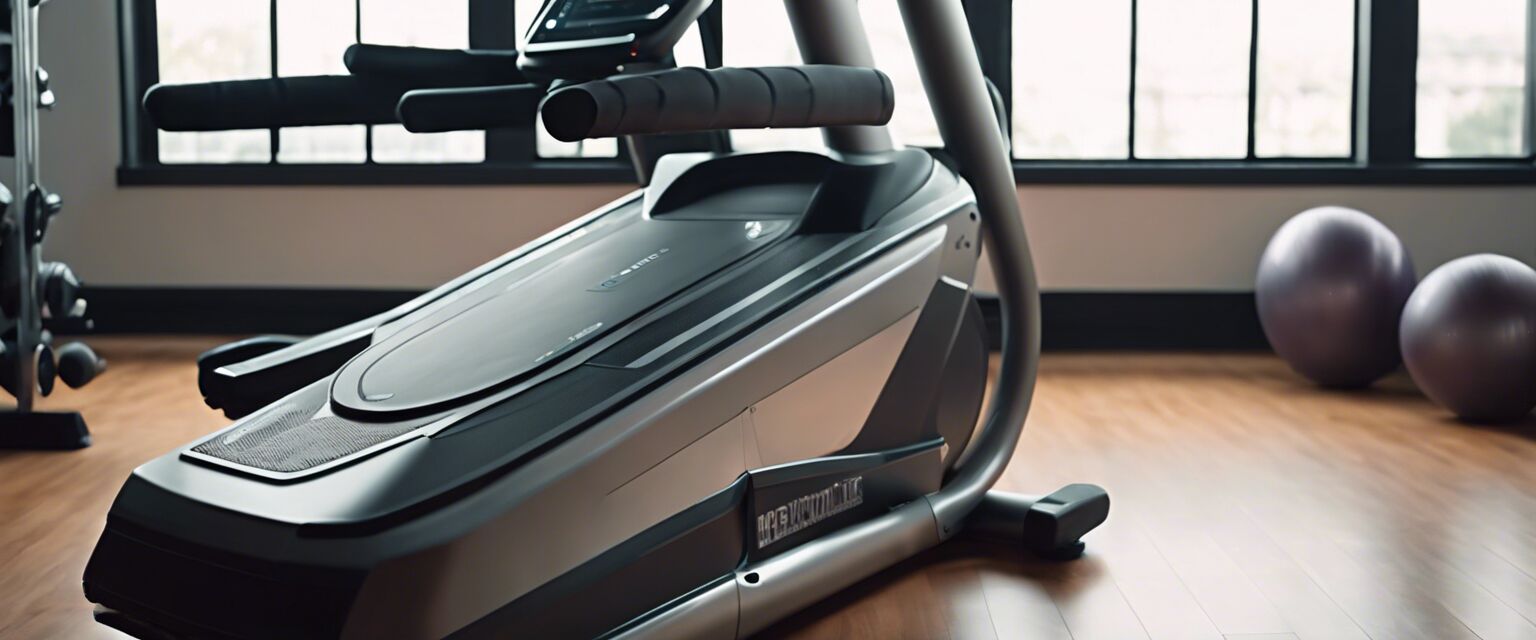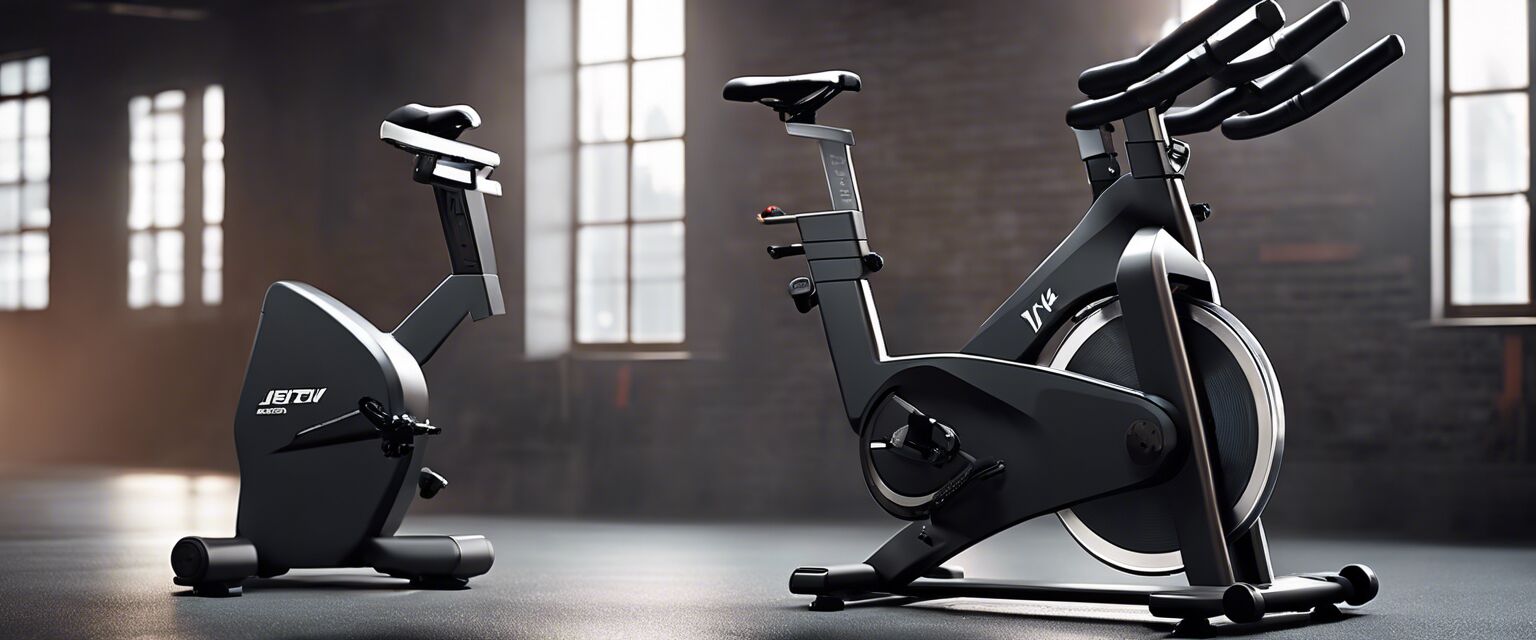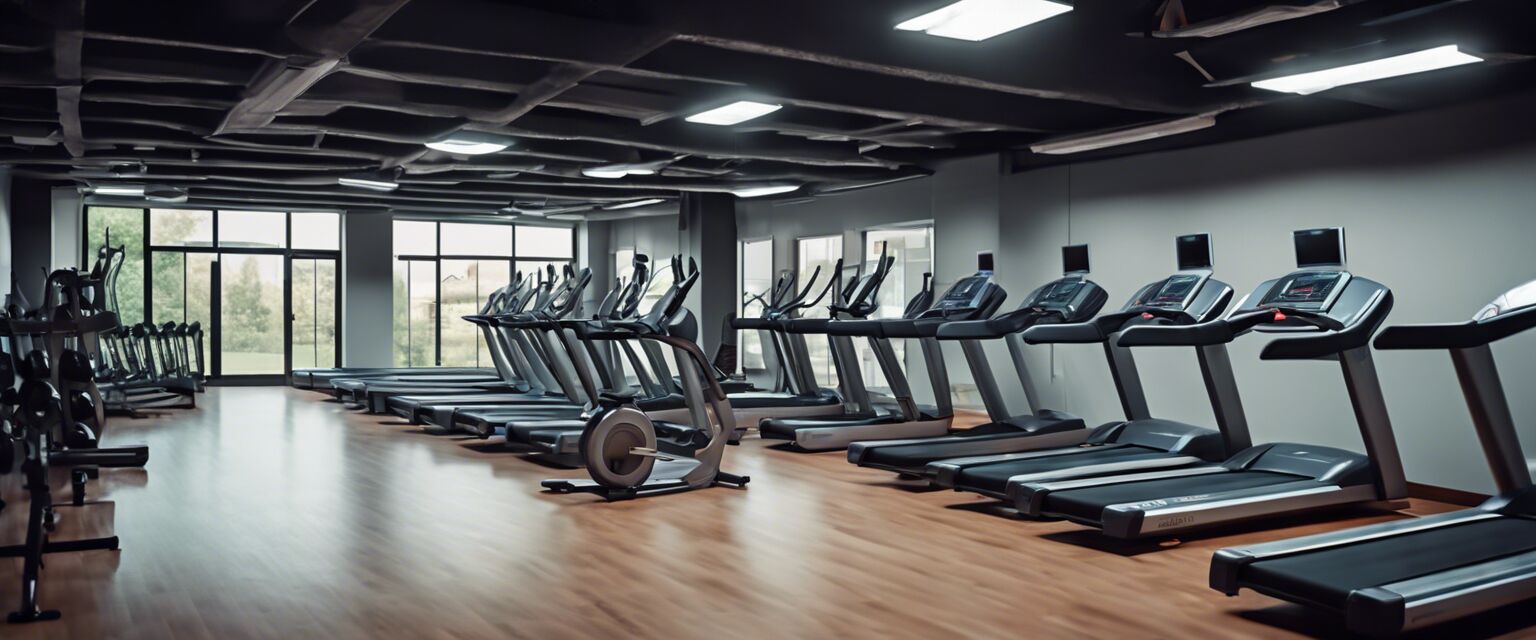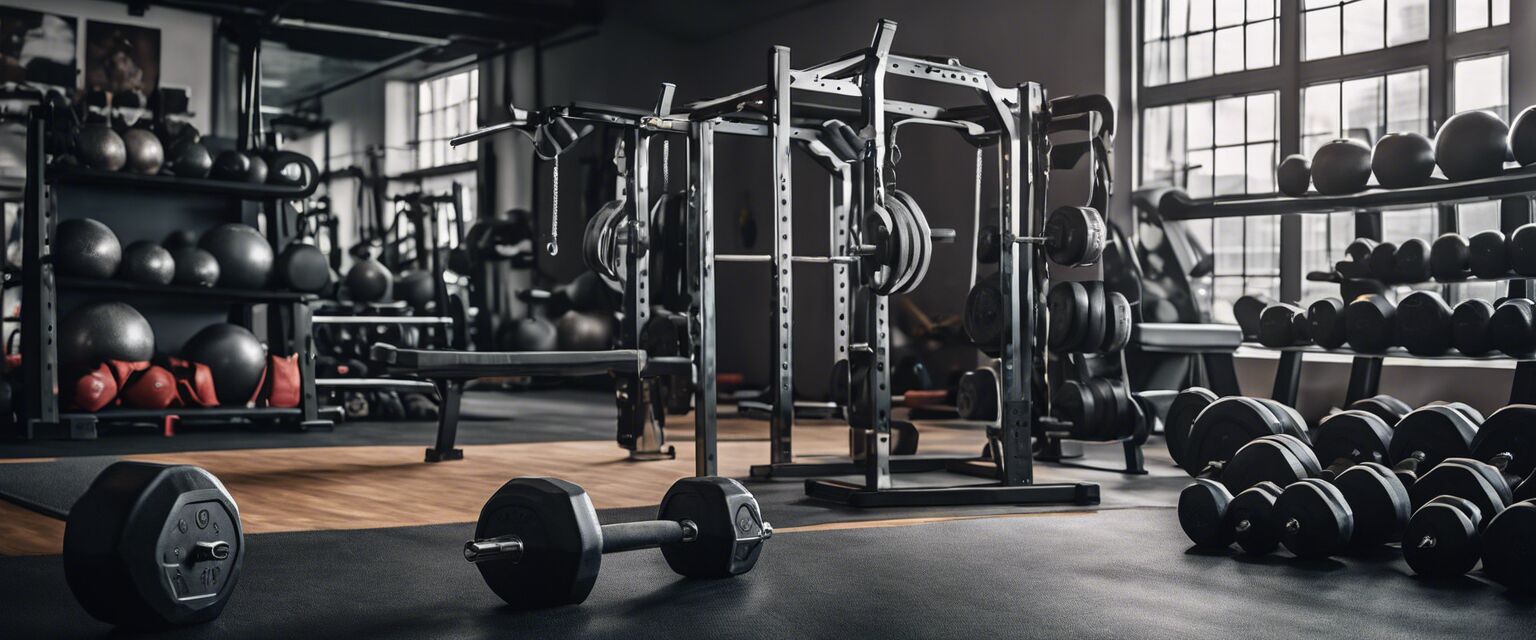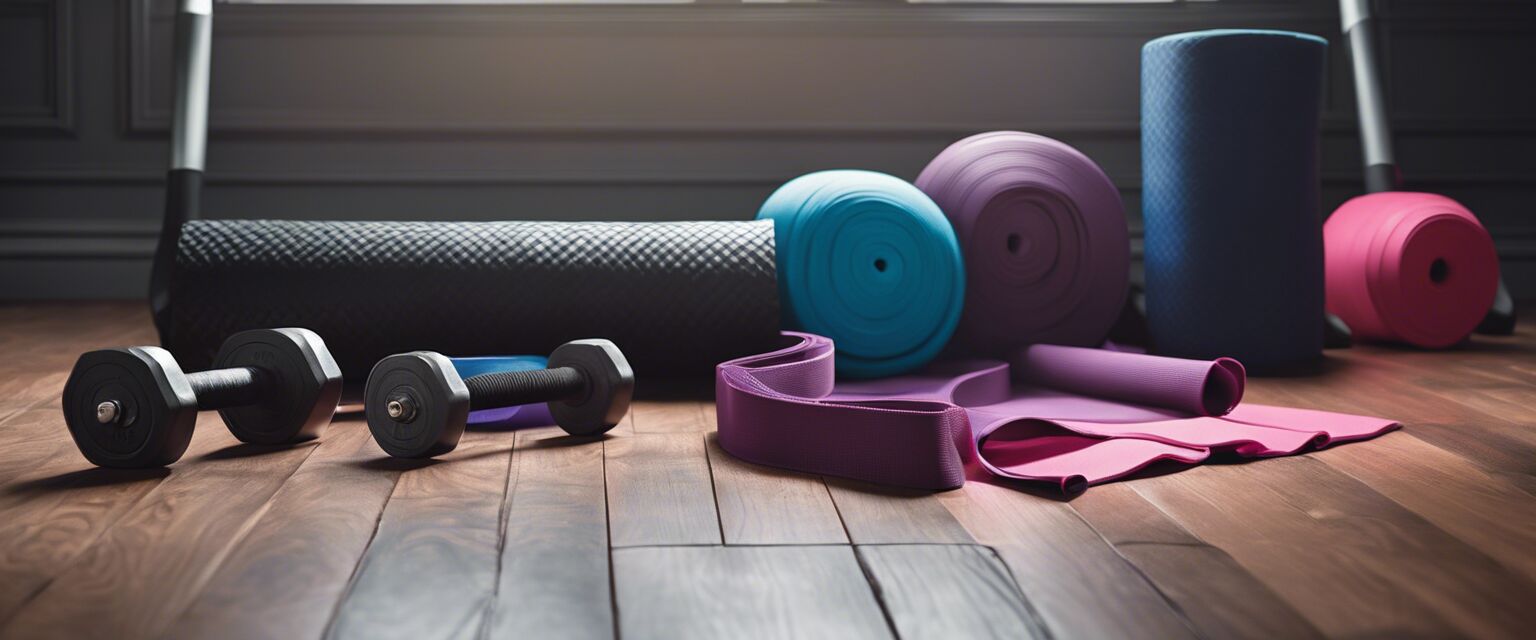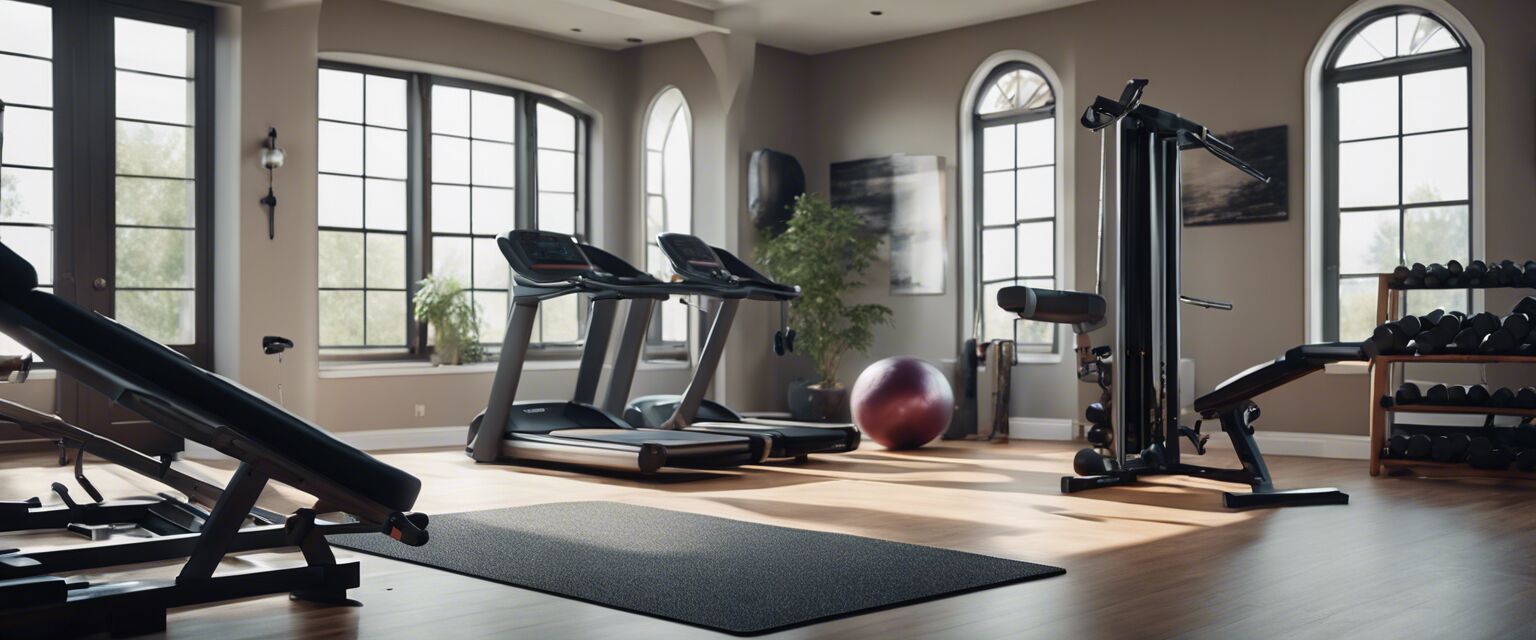
Home Gyms: The Ultimate Guide to Setting Up Your Home Gym
Key Takeaways
- Home gyms offer convenience, flexibility, and cost savings.
- Essential equipment includes strength training and cardio machines.
- Space optimization is key to an effective workout area.
- Customization ensures that your home gym meets your fitness goals.
- Safety measures and maintenance are vital for long-term use.
Creating a home gym can be a game-changer for your fitness journey. It provides the convenience of working out at your own schedule while saving on gym memberships. This guide will walk you through everything you need to know about setting up your home gym effectively.
Why Consider a Home Gym?
Many individuals are making the smart choice to set up their home gyms. Here are some reasons why:
- Convenience: Work out whenever it suits you—no need to commute.
- Variety: Choose equipment that suits your fitness goals, whether cardio or strength training.
- Cost-effective: Save money on gym memberships over time.
- Privacy: Enjoy exercising in a personal space free of distractions.
Essential Equipment for Your Home Gym
When setting up your home gym, consider investing in the following essential equipment:
| Equipment | Purpose | Space Requirement |
|---|---|---|
| Dumbbells | Strength training for various muscle groups | Minimal |
| Treadmill | Cardio workouts | Medium |
| Exercise bike | Low-impact cardio exercise | Medium |
| Resistance bands | Versatile strength training | Minimal |
| Yoga mat | Floor exercises and stretching | Minimal |
Types of Home Gyms
Choosing the right type of home gym depends on your fitness needs:
- Multi-Station Home Gyms: Ideal for diverse strength training.
- Free Weights: Best for targeted routines with flexibility.
- Cardio Machines: Essential for heart health and endurance.
- Hybrid Systems: Combine cardio and strength training in one unit.
Setting Up Your Space
Optimal space planning is crucial for an effective workout environment. Follow these tips:
Tips for Beginners
- Choose a dedicated space away from distractions.
- Ensure proper ventilation and lighting.
- Organize equipment for efficient use.
- Consider flooring that provides impact absorption.
- Add mirrors to visualize your form and technique.
Cost Considerations
Setting up a home gym can range from budget-friendly to high-end investments. Consider these factors:
| Budget Range | Equipment Options | Features |
|---|---|---|
| Under $500 | Resistance bands, yoga mat | Basic functionality |
| $500 - $1,500 | Adjustable dumbbells, treadmills | Variety and versatility |
| Over $1,500 | Multi-station home gym, premium cardio machines | All-in-one solutions |
Maintaining Your Home Gym
Regular maintenance ensures the longevity of your equipment:
- Clean equipment after use.
- Check for wear and tear regularly.
- Follow manufacturer guidelines for care.
- Store small accessories in a designated area.
Safety Tips for Home Gym Users
Prioritize your safety while working out:
- Warm-up before exercises.
- Use proper form to prevent injuries.
- Listen to your body and avoid overexertion.
Additional Resources
Explore more about various fitness equipment to enhance your home gym:
Pros
- Flexibility in workout schedules.
- Customizable to individual fitness levels.
- Environmentally convenient.
Cons
- Initial investment can be high.
- Requires adequate space.
- Relying on self-motivation for workouts.
Conclusion
Investing in a home gym can significantly improve your fitness routine. By choosing the right equipment, setting up an optimal space, and following safety practices, you can create an engaging and effective workout environment right at home.
